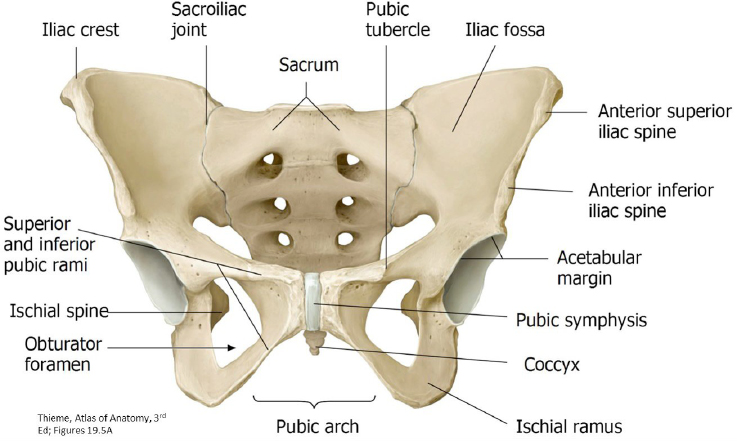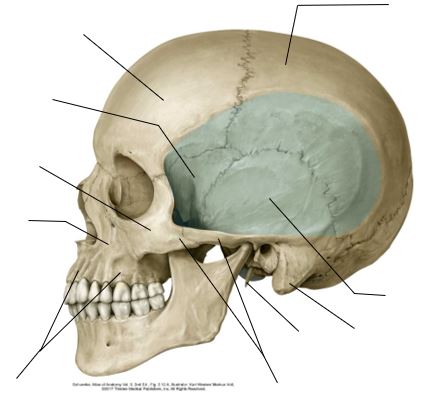Lab 00, Station 1: Pelvic Skeleton and Ligaments

Lab 12 navigation Station 1: Pelvic Skeleton and Ligaments Complete anatomy Hip bone Pelvic Skeleton (Pelvic Girdle): Two Hip Bones + Sacrum Hip bone (coxal bone) = Composed of three fused bones: Ilium + Ischium + Pubis Features of pelvic skeleton as a whole: Greater sciatic notch Lesser sciatic notch Obturator foramen (covered by […]
Protected: Lab 23, Station 4: Oral Cavity and Pharynx—Sagittal View

There is no excerpt because this is a protected post.
Protected: Lab 23, Station 3: Nerves and Vessels Associated with the Oral Cavity

There is no excerpt because this is a protected post.
Protected: Lab 23, Station 5: Oral Region and Salivary Glands—Lateral View

There is no excerpt because this is a protected post.
Protected: Lab 23, Station 1: Osteology Associated with the Oral Cavity

There is no excerpt because this is a protected post.
Protected: Lab 23, Station 2: Muscles of Mastication and TMJ

There is no excerpt because this is a protected post.
Lab 23: Oral Cavity, Pharynx, and Muscles of Mastication

Students: Unlike most lab sessions, which are dissection-based, this session is a “prosection lab.” Assemble in 5 groups, each having ~16 members. There are 5 learning stations situated around the labs. Pick a station to start at. Groups will spend about 25 minutes at each station, rotating around the labs until they have visited all […]
Pelvic vessels, nerves, and lymphatics
Optional Reading Clinically Oriented Anatomy, 8th ed., chapter 6, Neurovascular structures of pelvis section through Clinical box: Neurovascular structures of pelvis. Vascular supply of the pelvis Arteries The internal iliac arteries are the prime sources of blood to pelvic structures. They also supply musculoskeletal structures outside the pelvic cavity (hip and gluteal regions). Arising from […]
Gross Anatomy base material 4
Pelvic viscera
Optional Reading Clinically Oriented Anatomy, 8th ed., Pelvic viscera section through Lymphatic drainage from female pelvic viscera. The “lay of the land”: The pelvic viscera are below the peritoneum, surrounded by visceral pelvic fascia, and separated from one another by subperitoneal pelvic connective tissue “packing material.” Most of the organs in the pelvic cavity (rectum, […]